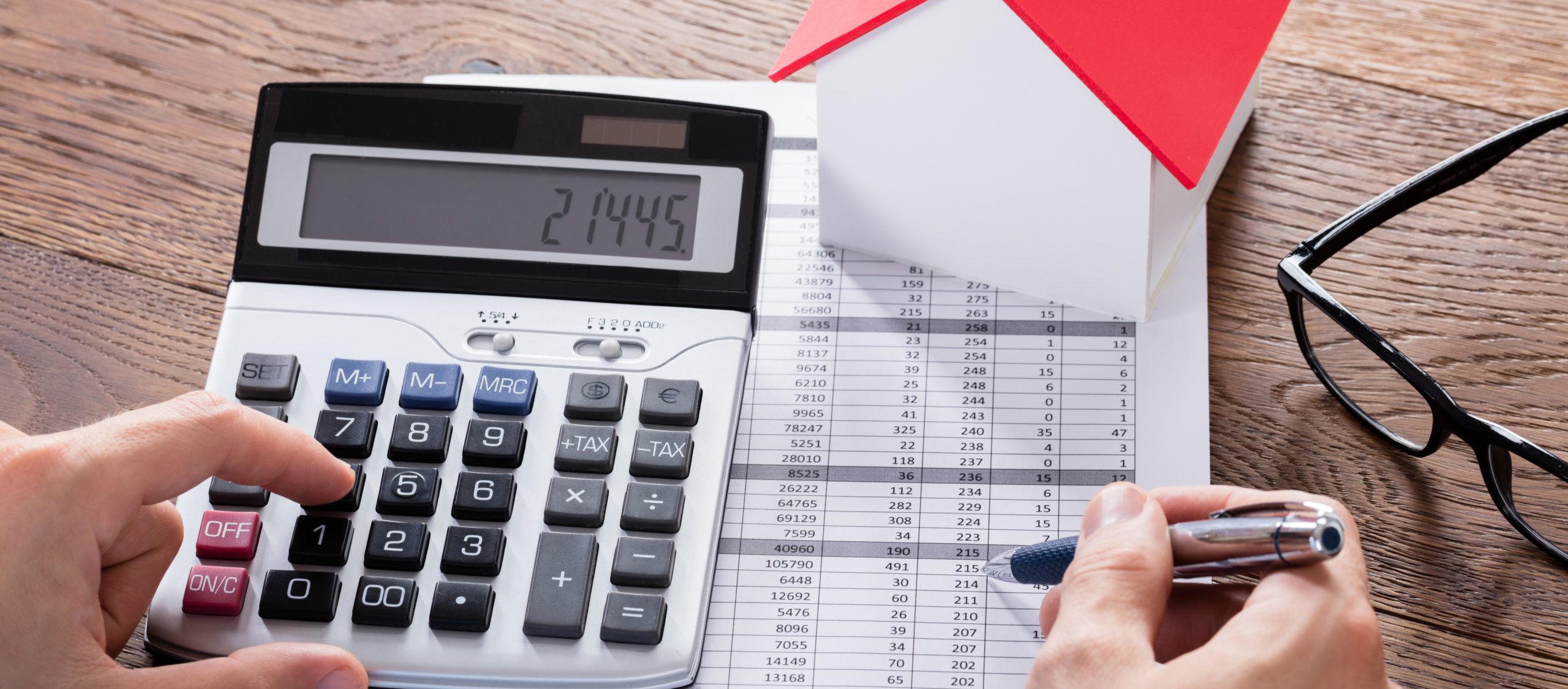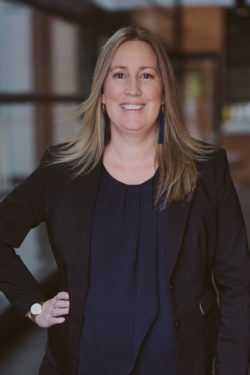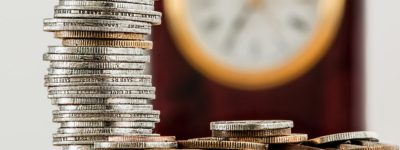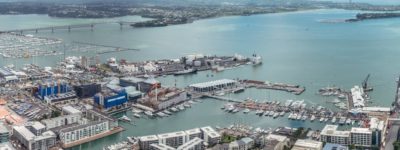The COVID-19 pandemic is an unprecedented event in world history. Never before have we encountered a worldwide shut down of economies. The impact of this pandemic is going to be equally unprecedented and the road forward will be paved with uncertainty.
Unable to pay personal debts? What options do you have?
Bankruptcy is often considered as the only option when creditors are banging down the door. However, there are several other options available to individuals that should be considered first. Implementation of an alternative could avoid the serious consequences that follow bankruptcy. In this article, we set out the criteria and consequences of insolvency options for individuals.

In the wake of the COVID-19 pandemic, the New Zealand (and global) economy has suffered a significant blow. The extent of the damage and ensuing future consequences to our economy remains uncertain. However, the prospect of an upcoming recession seems very likely. Unfortunately, this will result in people being unable to pay their debts as they fall due. Many people think that bankruptcy is the only option. However, there is a range of other formal procedures available that can be considered as an alternative to bankruptcy.
Debt Repayment Order (DRO)
A DRO is a formal debt repayment plan between an individual and their creditors. Individuals can apply to enter into a DRO online. Once an individual enters into a DRO, they will make repayments to their creditors of an agreed amount.
While the DRO is in force, all unsecured creditors included in the DRO may not add any further penalties or interest to the amount owed. When the DRO ends the individual does not have to pay any further amount to included creditors.
A DRO is usually the best insolvency option for individuals who owe less than $50,000 in debt and can make some repayments on the debt. A DRO is not a good option if the individual’s debt is secured. Debts relating to student loans, penalties, fines, or reparation orders may also not be included in the DRO as there are statutory requirements for repayment.
When an individual applies for a DRO he/she will need to contact and appoint a suitable DRO Supervisor to manage the DRO. A list of approved DRO Supervisors can be found on the Insolvency New Zealand website. The Supervisor will notify all creditors and confirm the amounts outstanding. The Supervisor may arrange for the individual’s employer to pay an amount of the individual’s wages/salary into the DRO. The Supervisor works with the individual, the creditors and the Official Assignee for the duration of the DRO, ensuring that the DRO is being complied with.
Information about an individual’s DRO is not publicly advertised in the New Zealand Gazette or in newspapers. However, there is a DRO register on the New Zealand Insolvency and Trustee Service website that names individuals currently involved in a DRO.
Costs associated with a DRO are administration costs (of 7.5% of the DRO payments) and Official Assignee costs ($102.22 application fee plus 2.5% of DRO payments). The financial benefits of entering into a DRO usually vastly outweigh these costs.
No Asset Procedure (NAP)
A NAP provides an avenue for an individual to clear their debts if they are unable to pay them. Individuals who enter into a NAP have their debts cleared while their creditors do not get paid anything. Usually, a NAP lasts for one year. A NAP has a negative impact on an individual’s credit rating, however, it does not have as many restrictions as bankruptcy.
A NAP is usually the best insolvency option for individuals who owe less than $50,000 (including secured and unsecured debts), have no assets, and have no extra money to make repayments on the debt. Contingent debts, joint debts and overseas debts may be included in a NAP. However, as with DRO’s, debts relating to student loans, penalties, fines, or reparation orders may not be included in a NAP.
Individuals who have realisable assets may not enter into a NAP, unless the assets are necessary for work (up to a certain value), necessary household furniture and effects (up to a certain value), a motor vehicle (worth up to $6,500) and money (up to a maximum of $1,300).
If an individual has secured debts, and they would like to keep the property/item, they will have to continue to make the repayments to prevent the property from being repossessed. However, if the individual no longer has the secured property, the debt must be included in the NAP.
An individual may not apply for a NAP if one of their creditors intends to apply for the individual’s bankruptcy and would get a better result if the individual was made bankrupt. Individuals may only enter into a NAP once. If further insolvency issues arise, the individual will likely have to pursue bankruptcy.
Creditor Compromise (CC)
A further option for an individual facing insolvency is to make a CC proposal to their creditors. The proposal will depend on the individual’s particular circumstances, however, may include an offer/s to:
- assign all or any of the individual’s property to a trustee for the benefit of the creditors,
- pay the debt owed in instalments,
- compromise the debts at less than 100 cents in the dollar (pay less than the amount owing),
- pay the debts at some time in the future,
- any other offer for an arrangement for the satisfaction of the individual’s debts.
Creditors may include further conditions, charges or guarantees on CC agreements for their benefit.
To make a proposal an individual must ensure the proposal is in the prescribed form (Form B 9 of the High Court Rules 2016) and accompanied with a statement of affairs and an affidavit (Form B 10 of the High Court Rules 2016).
If the proposal is accepted by the creditors the trustee appointed to hold the property must apply to the High Court for approval of the proposal. Examples of the High Court refusing to approve CC proposals are where the level of indebtedness is very high, the proposal is not feasible and/or creditors have objected to the proposal.
Whether a CC is a suitable option for an individual will vary depending on the extent of the debt, the viability of the proposal put forward and the willingness of the creditors to accept the proposal.
Bankruptcy
Bankruptcy is the option that comes with the most consequences for an individual. Bankruptcy is a way for an individual to clear their debts if there is no other way that they could repay them. In doing so, the individual transfers all of their assets to the Official Assignee to control the process of selling everything that they own. Creditors cannot pursue the individual for any debt owed or add any further penalties or interest to the debt owed when an individual is bankrupt.
Once an individual has been adjudicated bankrupt they will only be able to keep assets that are necessary for work (up to a certain value), necessary household furniture and effects (up to a certain value), a motor vehicle (worth up to $6,500), money (up to a maximum of $1,300) and items on hire purchase (and continue making payments).
Bankruptcy is usually the best insolvency option for individuals who owe more than $50,000. Individuals may be bankrupt more than once in their lifetimes. Debts that can be included in bankruptcy are contingent debts, joint debts, and overseas debts.
Debts that are excluded from bankruptcy are court fines/reparation, debts incurred after the individual applied for bankruptcy, secured debts (assuming the individual wishes to retain the items), debts incurred fraudulently and child support or maintenance.
Bankruptcy lasts three years from the date an individual completes a Statement of Affairs (unless an objection to discharge is lodged) and discharge is an automatic process. If someone is adjudicated bankrupt multiple times, the record of their procedures will stay on the Insolvency Register permanently.
There are two ways for bankruptcy to be applied for. An individual can apply for bankruptcy themselves (debtor’s application). Alternatively, a creditor can apply for the bankruptcy for that individual (creditor’s application).
The consequences of bankruptcy are quite serious. Throughout their bankruptcy, individuals must not be a director of a limited liability company. While bankrupt, individuals must obtain permission to leave New Zealand, to manage or control any business, or to be self-employed or employed by a relative’s business. They also may not take on any new debt over $1,000 without telling the new creditor of their bankruptcy.
If an individual owns a business and is adjudicated bankrupt a consequence could be that their business will be shut down and all assets sold if there is no one else to continue the running of the business. Likewise, if an individual owns a house the house may be sold to repay creditors (if there is enough equity in the house to do so). Practically speaking, bankruptcy may also affect an individual’s future employment and travel prospects.
If you are facing insolvency issues, further advice should be sought as to which option will be the best for you. Our experienced litigation team are ready to assist.
This article is current as at the date of publication and is only intended to provide general comments about the law. Harkness Henry accepts no responsibility for reliance by any person or organisation on the content of the article. Please contact the author of the article if you require specific advice about how the law applies to you.
For further information



